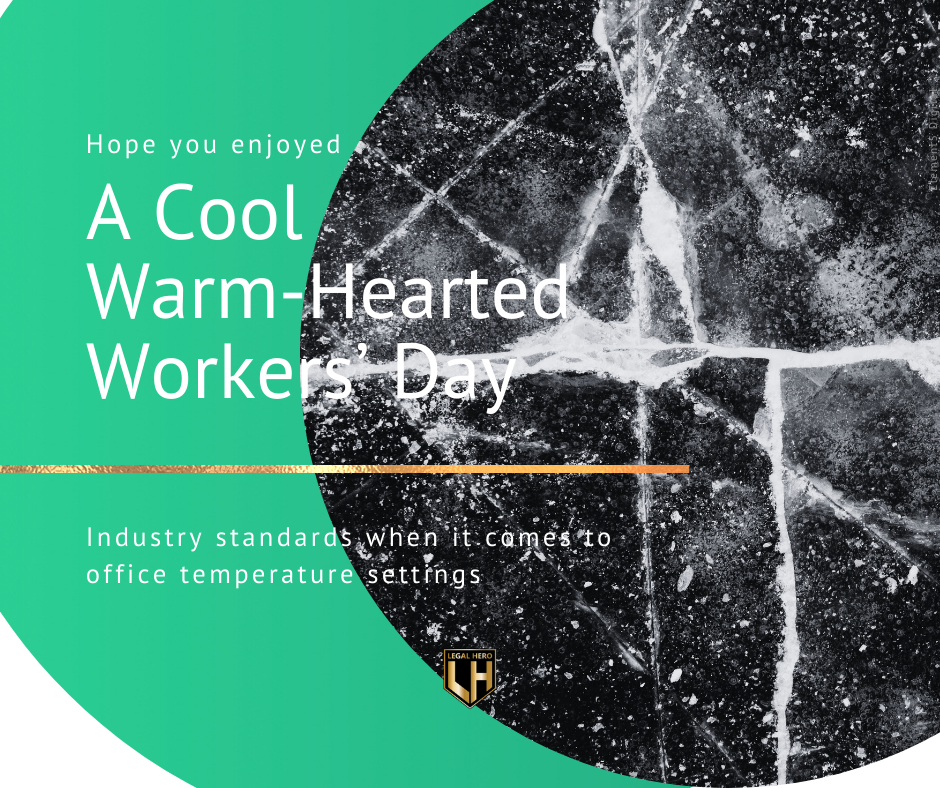
Industry Standards – Office Temperature Settings
By Jolané van der Walt-Nieuwoudt (LLB) (LLM)
In the modern workplace, air conditioning systems serve as the cornerstone of maintaining a comfortable and productive environment for employees. These systems regulate temperature, humidity, and air quality, creating an atmosphere conducive to work. However, beyond mere comfort, the proper maintenance and regulation of air conditioning systems are paramount to safeguarding employee health and well-being.
Understanding Air Conditioning Systems
Often likened to the lungs of a building, air conditioning systems play a vital role in circulating and conditioning air throughout the workspace. By drawing in outside air, filtering it, and adjusting its temperature and humidity levels, these systems ensure a consistent and comfortable indoor environment. However, without proper maintenance and regulation, they can pose significant risks to employees’ health and safety.
Identifying Risks and Challenges
Two primary areas of concern associated with air conditioning systems in the workplace are comfort and disease. Complaints about temperature discrepancies are common, with some employees feeling too hot while others feel too cold. Additionally, poorly maintained systems can lead to indoor air quality issues, potentially causing illness among workers. Recognizing these risks is the first step in addressing them effectively.
Regulatory Framework in South Africa
In South Africa, the Occupational Health and Safety Act (Act 85 of 1993), together with associated regulations, such as the General Safety Regulations and the Environmental Regulations for Workplaces, mandates that employers provide a safe working environment for their employees. This includes ensuring that air conditioning systems are maintained and operated in a manner that minimizes health risks. Compliance with these regulations is essential to protect the well-being of workers. Hygienists generally recommend maintaining temperatures between 21°C and 26°C, with a summer range of 21-24°C and a winter range of 24-26°C. However, in cases of disagreement, it’s advisable for organizations to establish clear company policies to govern temperature preferences.
Identifying and Controlling Risks
Employers can proactively manage risks related to air conditioning systems by implementing several key strategies. Regular air quality testing, workplace inspections, and thorough investigation of employee complaints are crucial for identifying potential issues. Additionally, establishing preventative maintenance programs for air conditioning systems can help mitigate risks before they escalate.
Preventative Maintenance
Preventative maintenance is the cornerstone of effective risk management in air conditioning systems. By implementing routine maintenance tasks such as filter replacement, coil cleaning, and duct inspection, employers can ensure that their systems operate efficiently and maintain optimal indoor air quality. Investing in preventative maintenance not only safeguards employee health but also promotes energy efficiency and prolongs the lifespan of equipment.
In conclusion, air conditioning systems play a vital role in creating a comfortable and healthy workplace environment. By understanding the risks associated with these systems and implementing proactive measures to address them, employers can ensure the well-being and productivity of their employees. Through compliance with regulatory requirements and a commitment to preventative maintenance, organizations can create workspaces where employees thrive.



